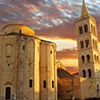If you are in Zadar or its surroundings, you are in an area of natural beauty, among which there are even 3 national parks nearby and several nature parks. Kornati, Krka and Paklenica are 3 completely diverse parks. Kornati with its 89 islands and islets, Krka with its waterfalls and Paklenica Mountains provide incredible variety in such a small area, so it is difficult to distinguish one of them from a visit list.
It is a seemingly desolate place, but the Kornati are rich in every sense of the word. In fact, the Kornati National Park makes a large part of the island's group of islands in the Adriatic Sea. The Kornati are located in the Croatian part of the Adriatic in Central Dalmatia. If you are looking at the map of the Croatian island, you can find the Kornati if you look west of Sibenik.
Kornati National Park was proclaimed in 1980 when it was placed under protection. The total surface of this park is about 220 square kilometers and is made up of larger and smaller islands, and the rocks that emerge from the blue sea of the Adriatic Sea. Of the total area of Kornati, only ¼ of the mainland is occupied. The rest of the National Park is the sea and the living world that lives there. They are about 20 miles from Zadar. If you want to visit the National Park Kornati from Zadar, you can buy tickets for organized tours every day in numerous Zadar agencies, even in the streets.
More about the national park Kornati

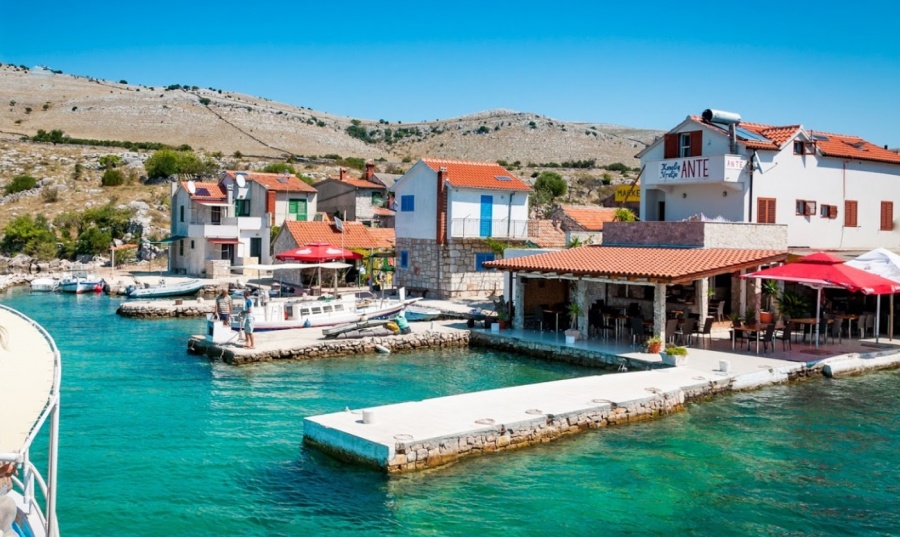
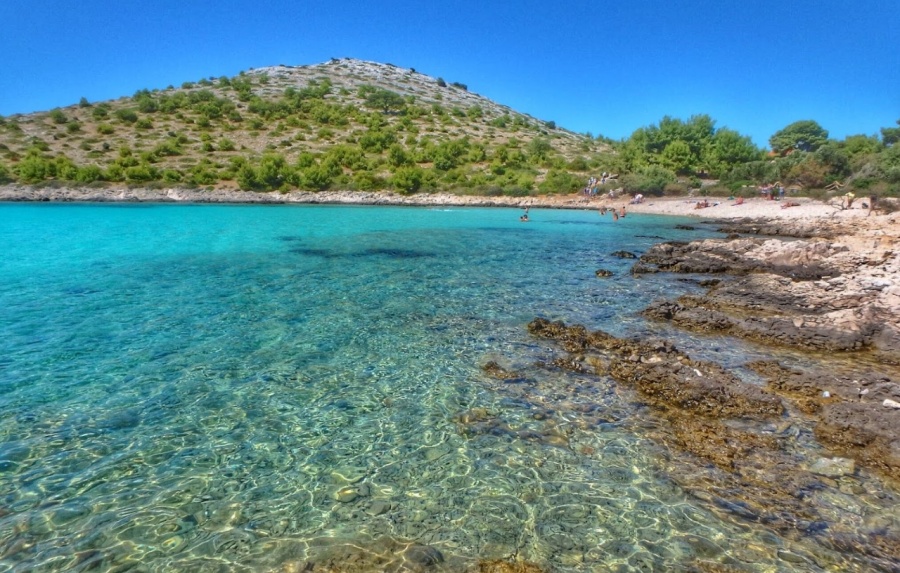
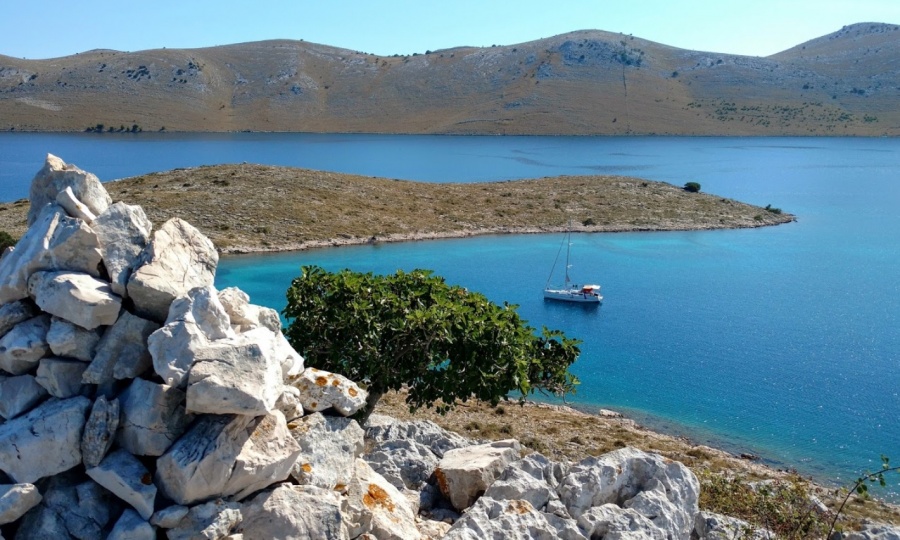
Following its proclamation, Nacional Paklenica Paklenica is the second in Croatia. It has been declared a national park since 1949, or more precisely, on October 19, 1949. Paklenica was proclaimed a park and a few months after the Plitvice Lakes National Park.
it is interesting to note that Paklenica was first proclaimed National Park in 1929, but according to the then laws, the proclamation should be reviewed every year - which has not been done, and for years Paklenica has been without the status of National Park.
On July 7, 2017, Paklenica National Park was also included on UNESCO's list of world heritage sites in Europe, as part of the common world heritage of 13 countries called "Beech forests in the Carpathians and other areas of Europe." The top peaks of the park are: Vaganski vrh (altitude 1757 meters), and the top of the Holy Mountain (altitude 1753 meters).
Read more about NP Paklenica
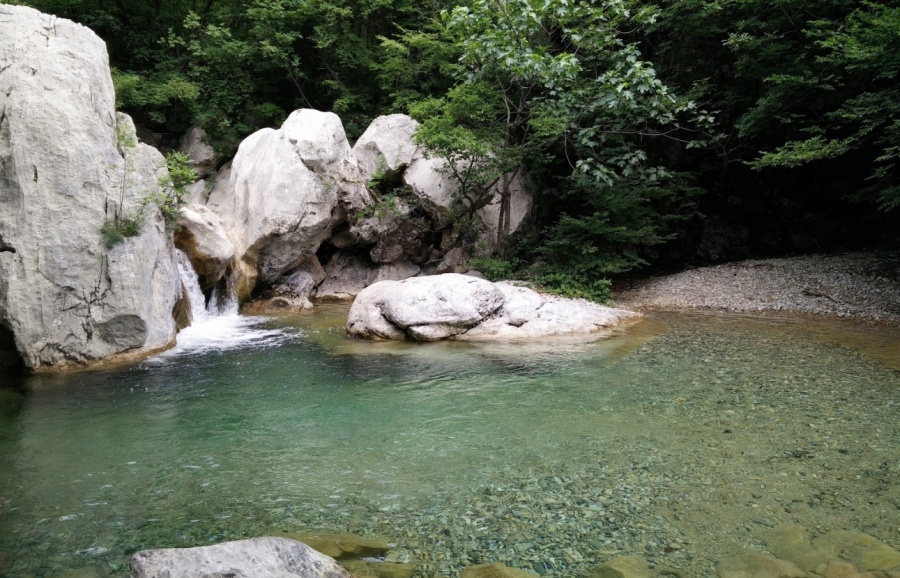

The Krka National Park, famous for its magnificent waterfalls, is located near Skradin on the Šibenik-Knin County. The second most visited national park in Croatia offers tourists numerous values, ranging from extremely preserved nature and beautiful landscapes to cultural sights and active holidays. If you are a nature lover or want to explore the culture of the local population, NP Krka is an ideal destination for you.
The park covers 109 km² of surface area of the river Krka and the lower stream of the river Čikola, and the length of the river Krka is 72.5 km, which is the 22nd river in length in Croatia. Its waterfalls have a total drop of 225 meters.
One of the most important things people often forget to mention is the beautiful Skradin town with which almost every trip to NP Krka begins. With less than 500 inhabitants, Skradin offers a history and cultural heritage that could attract many bigger cities.
It is about 1 hour drive from Zadar, about 30 km. In the sill every half hour from Skradin drives the boat to the entrance to the national park.
More about NP Krka




The Vransko Lake Nature Park is 20 kilograms south of Zadar, near Biograd and Pakostane was proclaimed a park in 1999. It covers 57 kilometers of square kilometers. Vransko Lake is the largest natural lake in Croatia, and it was created as a karstic field filled with water. The lake is cryptodepression, which means that the surface is above the sea level, while the bottom is below the sea surface. The lake is a depth of 2 to 5 meters, and since it is close to the sea, the underground waterway penetrates the lake and makes it mildly salty. The lake collects many precipitation waters and water from the surrounding rivers.
Lake is a habitat of swampy herb species that make up about one third of the 148 plant species living in the park area. There are also coniferous forests such as Aleppo pine forests that are planted in the southern part of the lake. In the northern part of the park there are oak and black oak forests.
Read more about Vrana Lake

Telašćica Nature Park is an area rich in varieties, or better to write contradictions. It is located on the island of Dugi otok, so we have a park area on the one hand that we describe as a quiet and quiet coastal area with beautiful beaches, while the other side of the park (and the island itself) is described by wild steep cliffs and rocks that first make it inaccessible and difficult to conquer.
It is interesting to note that in the southeastern part of Dugi otok it is the largest and safest natural harbor on the Adriatic.
More about Telascica

National Park Kornati (30 km from Zadar)
It is a seemingly desolate place, but the Kornati are rich in every sense of the word. In fact, the Kornati National Park makes a large part of the island's group of islands in the Adriatic Sea. The Kornati are located in the Croatian part of the Adriatic in Central Dalmatia. If you are looking at the map of the Croatian island, you can find the Kornati if you look west of Sibenik.
Kornati National Park was proclaimed in 1980 when it was placed under protection. The total surface of this park is about 220 square kilometers and is made up of larger and smaller islands, and the rocks that emerge from the blue sea of the Adriatic Sea. Of the total area of Kornati, only ¼ of the mainland is occupied. The rest of the National Park is the sea and the living world that lives there. They are about 20 miles from Zadar. If you want to visit the National Park Kornati from Zadar, you can buy tickets for organized tours every day in numerous Zadar agencies, even in the streets.
More about the national park Kornati




From Zadar to the national park Kornati
National Park Paklenica
Following its proclamation, Nacional Paklenica Paklenica is the second in Croatia. It has been declared a national park since 1949, or more precisely, on October 19, 1949. Paklenica was proclaimed a park and a few months after the Plitvice Lakes National Park.
it is interesting to note that Paklenica was first proclaimed National Park in 1929, but according to the then laws, the proclamation should be reviewed every year - which has not been done, and for years Paklenica has been without the status of National Park.
On July 7, 2017, Paklenica National Park was also included on UNESCO's list of world heritage sites in Europe, as part of the common world heritage of 13 countries called "Beech forests in the Carpathians and other areas of Europe." The top peaks of the park are: Vaganski vrh (altitude 1757 meters), and the top of the Holy Mountain (altitude 1753 meters).
Read more about NP Paklenica

Zadar area National Parks

National Park Krka (30 km from Zadar)
The Krka National Park, famous for its magnificent waterfalls, is located near Skradin on the Šibenik-Knin County. The second most visited national park in Croatia offers tourists numerous values, ranging from extremely preserved nature and beautiful landscapes to cultural sights and active holidays. If you are a nature lover or want to explore the culture of the local population, NP Krka is an ideal destination for you.
The park covers 109 km² of surface area of the river Krka and the lower stream of the river Čikola, and the length of the river Krka is 72.5 km, which is the 22nd river in length in Croatia. Its waterfalls have a total drop of 225 meters.
One of the most important things people often forget to mention is the beautiful Skradin town with which almost every trip to NP Krka begins. With less than 500 inhabitants, Skradin offers a history and cultural heritage that could attract many bigger cities.
It is about 1 hour drive from Zadar, about 30 km. In the sill every half hour from Skradin drives the boat to the entrance to the national park.
More about NP Krka




Vransko Lake Nature Park
The Vransko Lake Nature Park is 20 kilograms south of Zadar, near Biograd and Pakostane was proclaimed a park in 1999. It covers 57 kilometers of square kilometers. Vransko Lake is the largest natural lake in Croatia, and it was created as a karstic field filled with water. The lake is cryptodepression, which means that the surface is above the sea level, while the bottom is below the sea surface. The lake is a depth of 2 to 5 meters, and since it is close to the sea, the underground waterway penetrates the lake and makes it mildly salty. The lake collects many precipitation waters and water from the surrounding rivers.
Lake is a habitat of swampy herb species that make up about one third of the 148 plant species living in the park area. There are also coniferous forests such as Aleppo pine forests that are planted in the southern part of the lake. In the northern part of the park there are oak and black oak forests.
Read more about Vrana Lake

Telašćica Nature Park
Telašćica Nature Park is an area rich in varieties, or better to write contradictions. It is located on the island of Dugi otok, so we have a park area on the one hand that we describe as a quiet and quiet coastal area with beautiful beaches, while the other side of the park (and the island itself) is described by wild steep cliffs and rocks that first make it inaccessible and difficult to conquer.
It is interesting to note that in the southeastern part of Dugi otok it is the largest and safest natural harbor on the Adriatic.
More about Telascica
Privatni smještaj direktno od vlasnika na www.SMJESTAJ.com.hr/trazi

Prati nas na facebooku za više članaka o Hrvatskoj. Podijeli ovaj članak klikom na gumbe desno. Hvala
Upgrade this article
Bio si na ovom mjestu? Podijeli s nama svoja iskustva ili fotografije.
Napiši svoju verziju članka. Nagrađujemo vlasnike apartmana.













